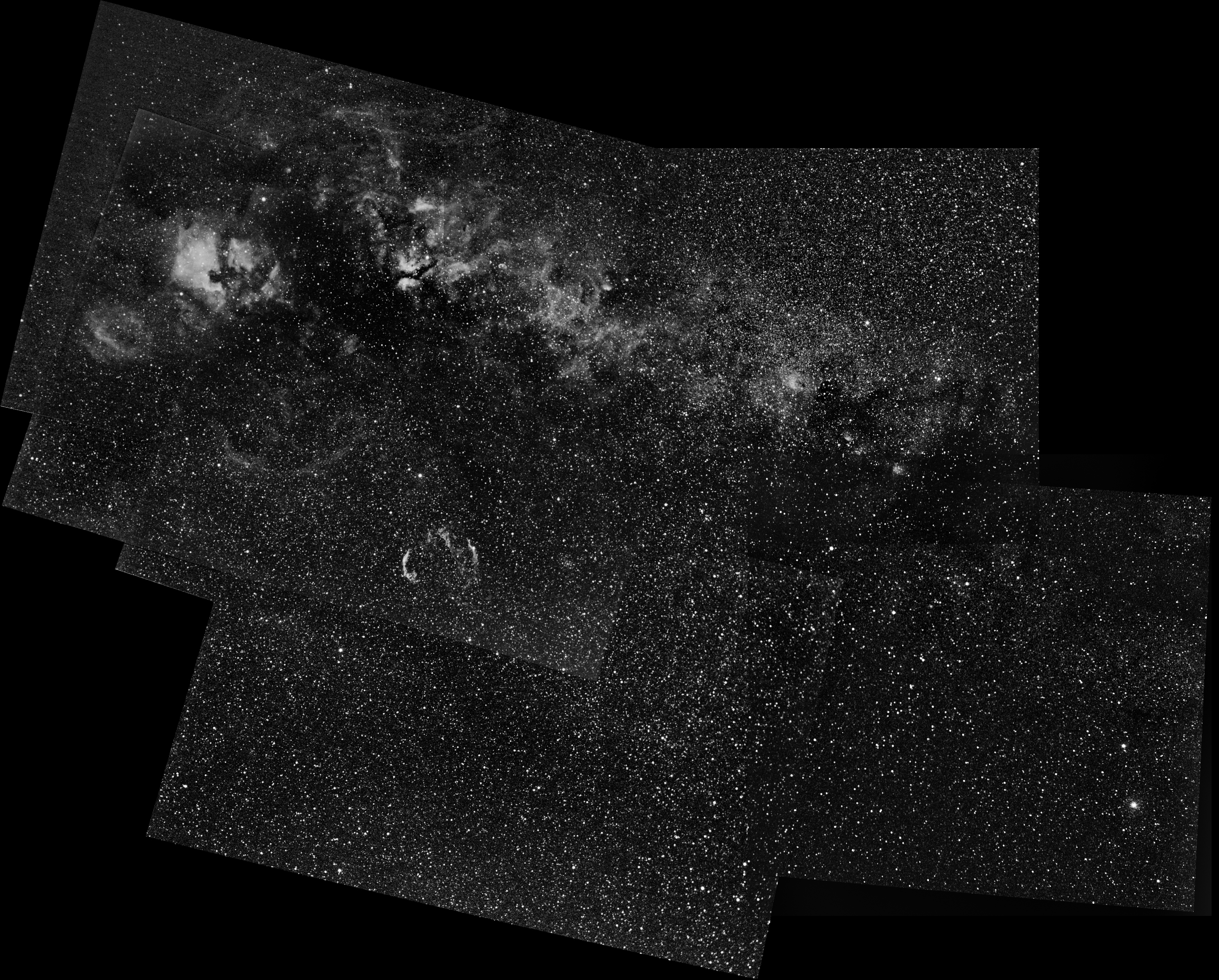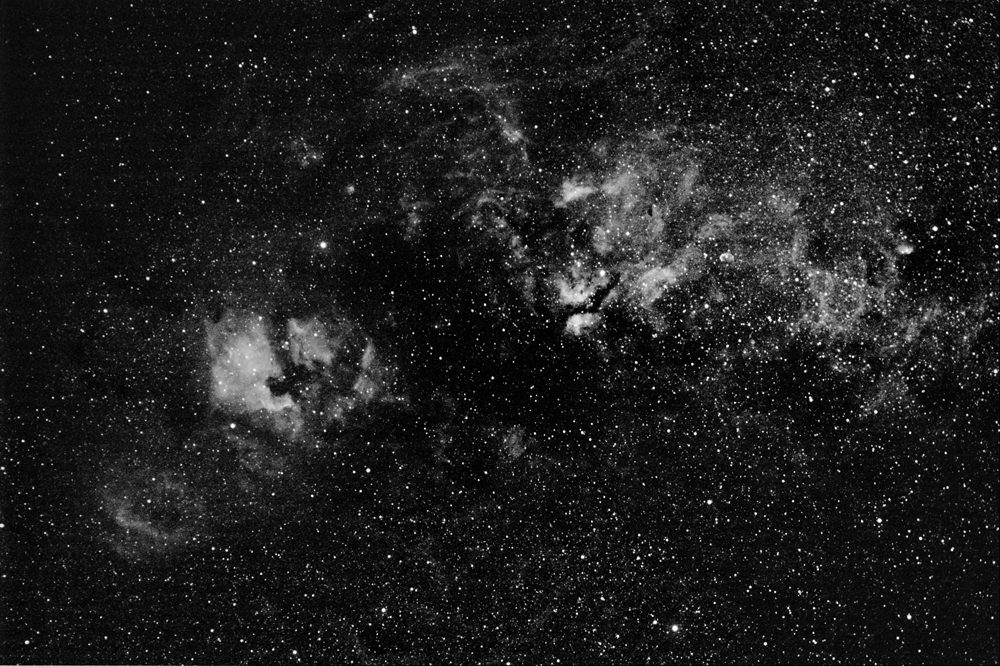
Combination of 10, 3 minute exposures using an H-alpha filter.
SBIG ST-8XE CCD. 35mm Nikon lens at f/4.

From Australia during winter, the constellation of Cygnus lies low on the northern horizon. As the constellation encloses a rich portion of the Milky Way, Cygnus abounds with interesting objects of all kinds. This general region would be the northern hemisphere equivalent to the Vela-Carina region for southern observers, although not as rich. The region does however contain a number of bright emission nebulae, the most prominent of which are NGC 7000 the North American Nebula, and the IC 1318 emission nebula complex.
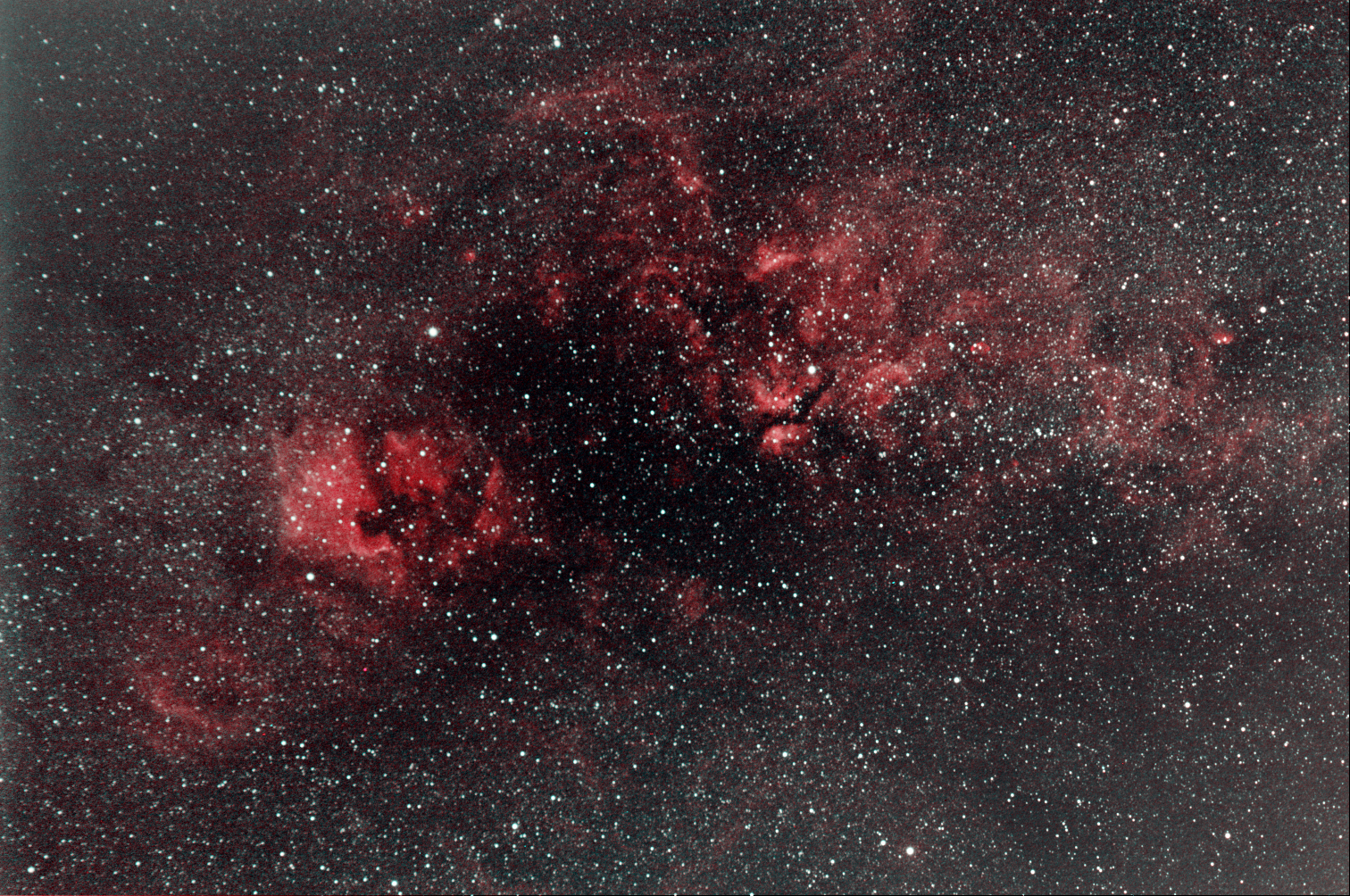
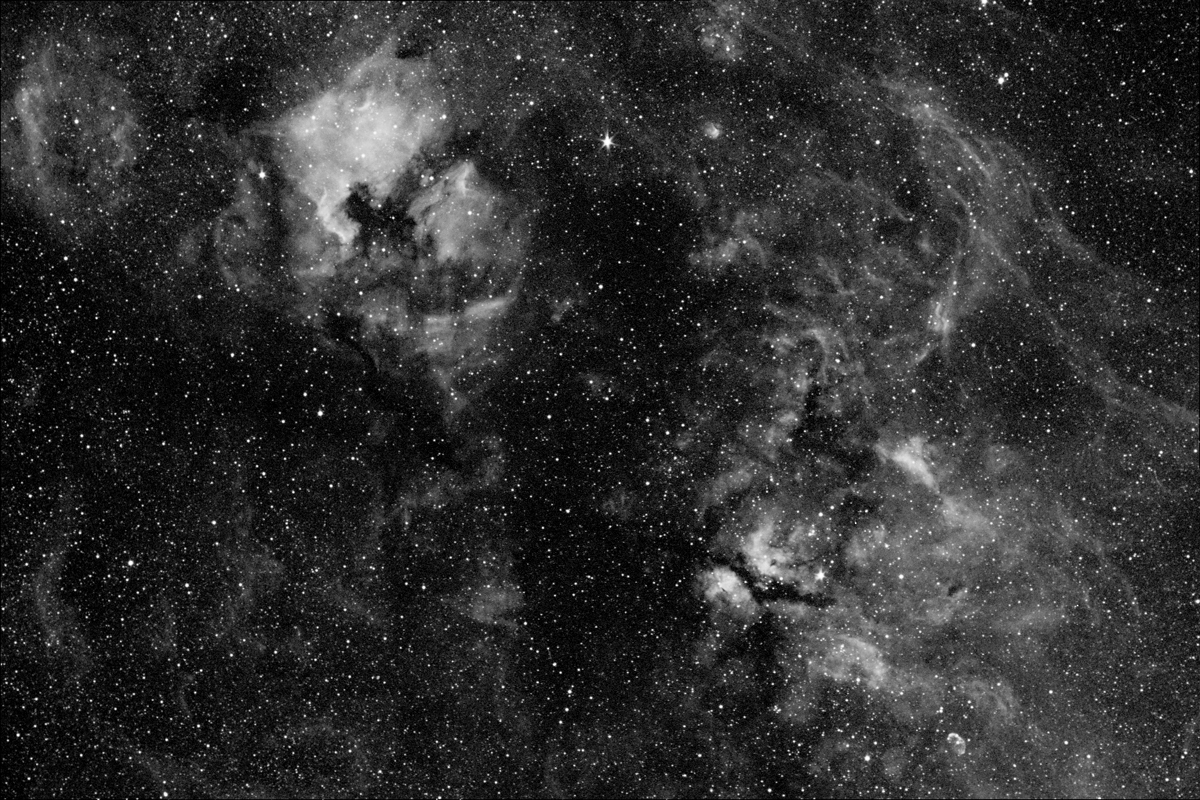
The central region of Cygnus.
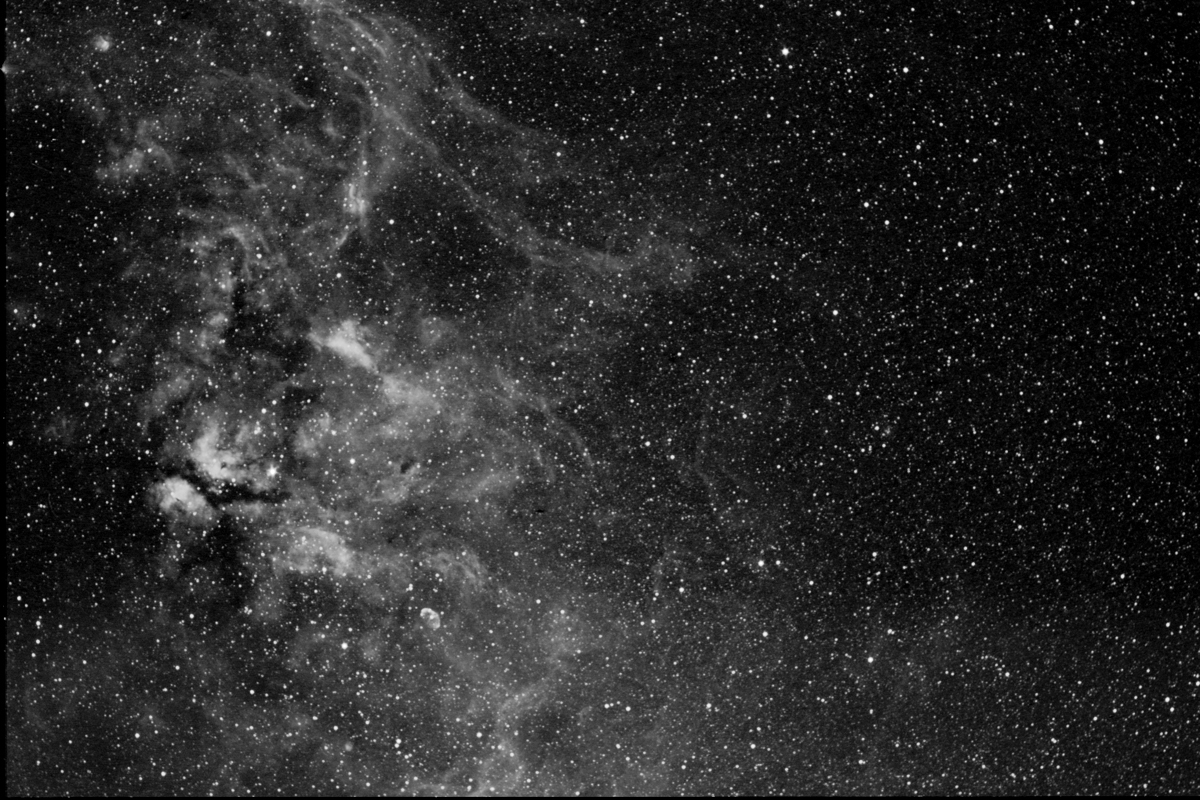
The southern region of Cygnus.
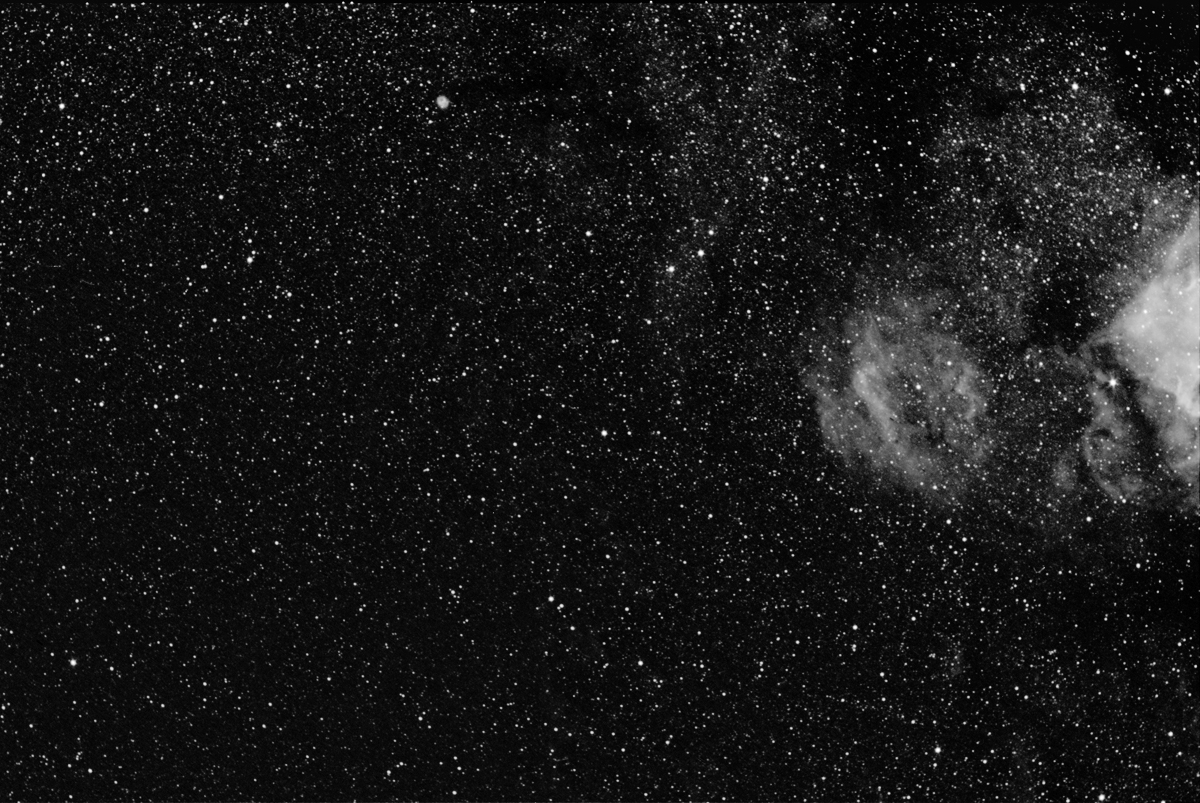
The north-eastern region of Cygnus.
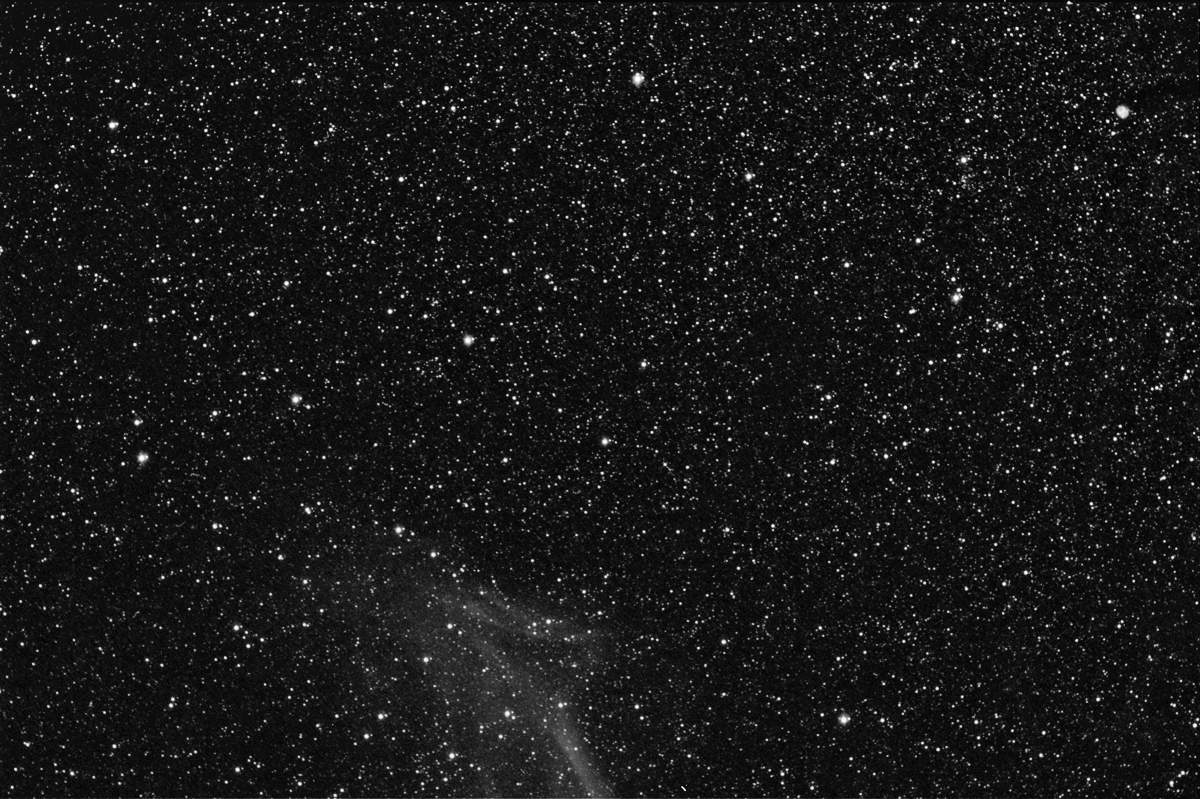
The far eastern region of Cygnus, overlapping into Lacerta.
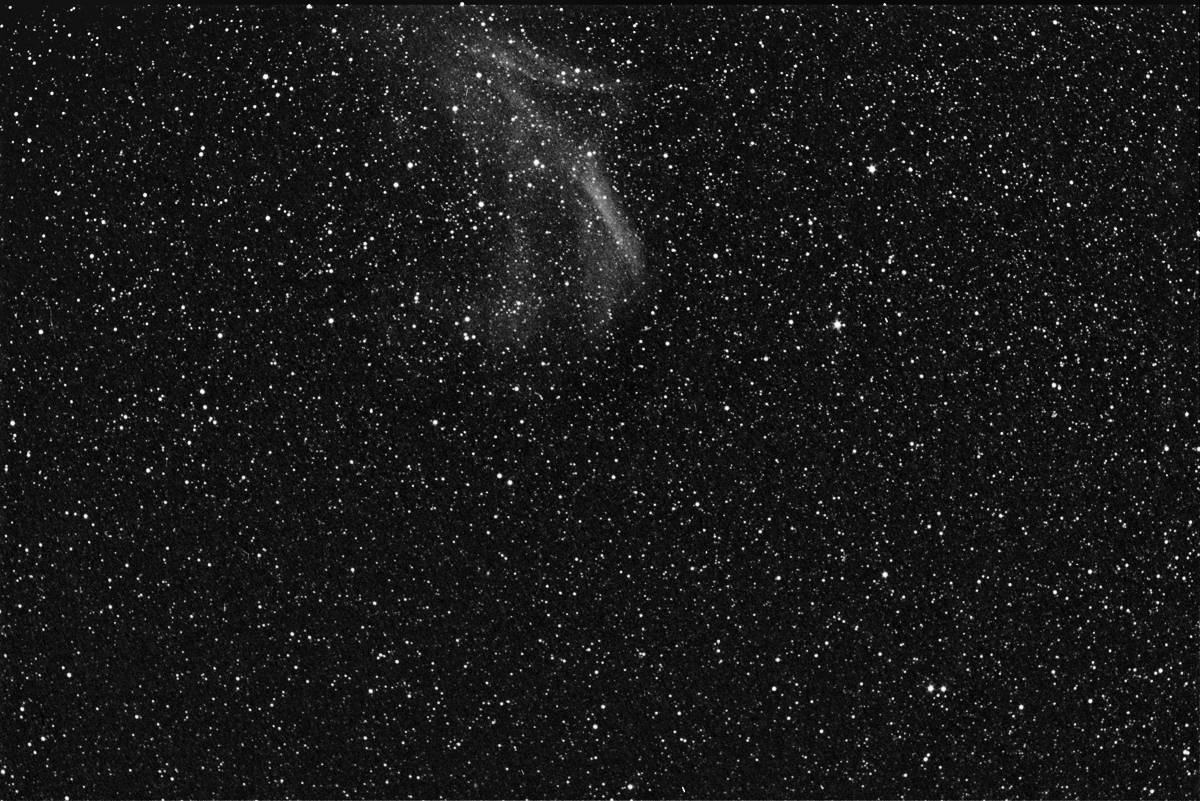
The border region between Cygnus, Lacerta and Pegasus.
Below is a mosiac of the Cygnus region.
